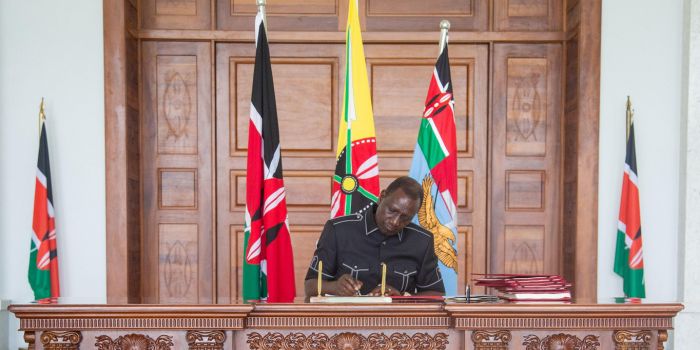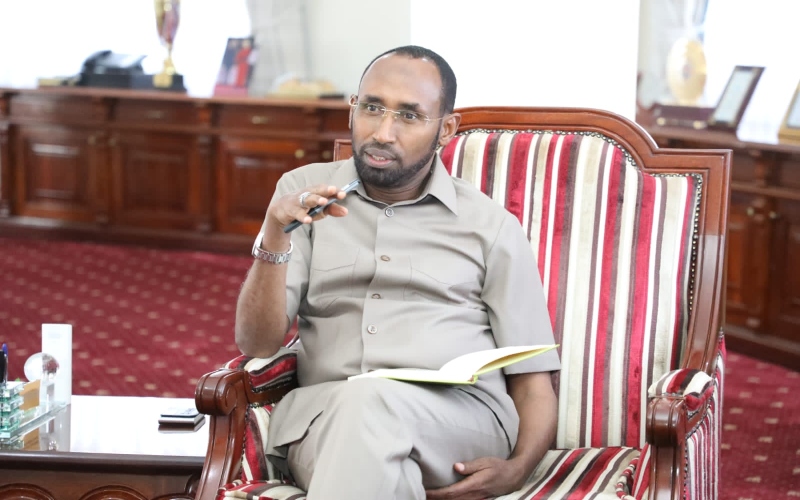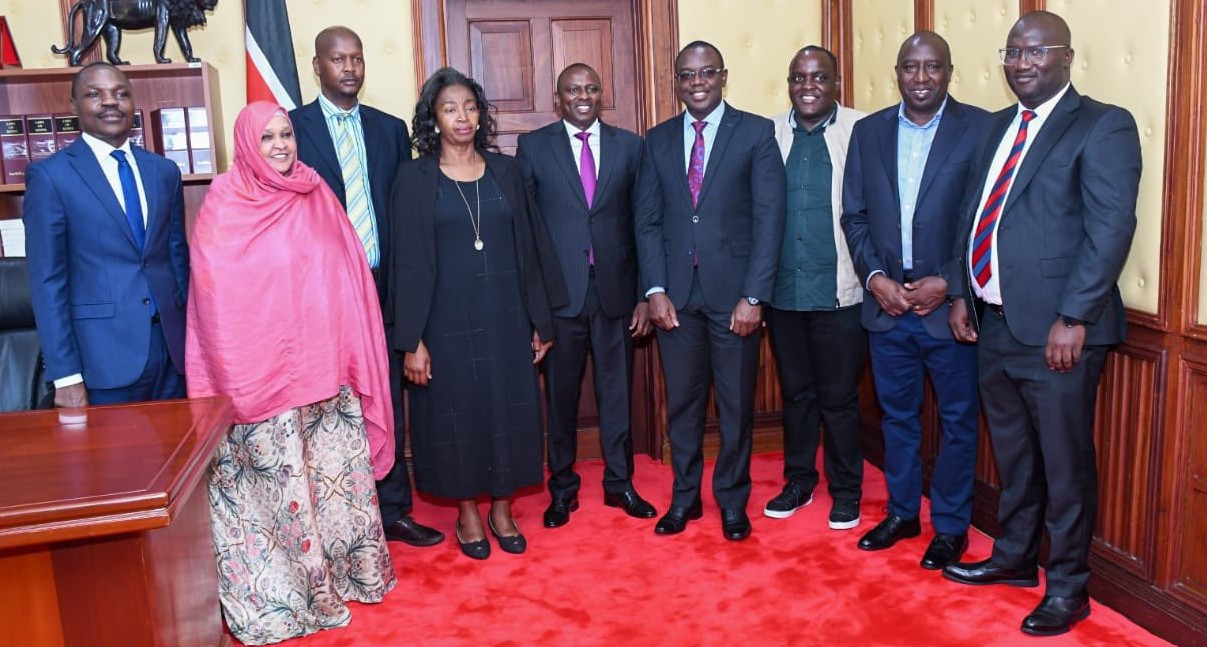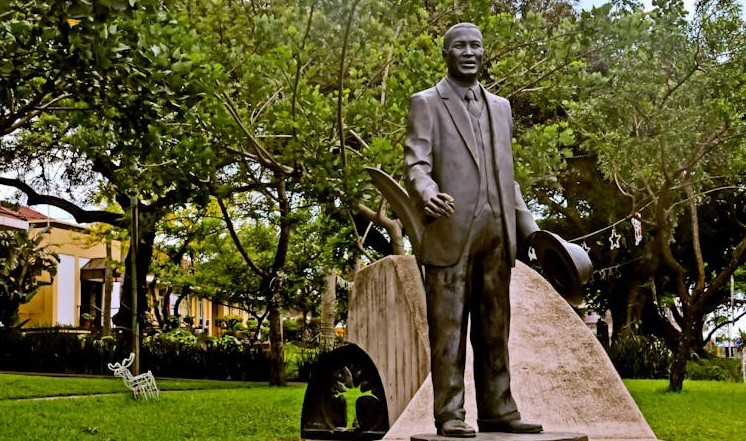Kenya introduces Mazingira Day in efforts to combat climate change

Amendments to the Public Holidays Act, which Ruto has signed, rename Utamaduni Day to Mazingira Day.
The Kenyan holiday, which falls on October 10, is now Mazingira Day, not Utamaduni Day, and will be marked starting this year.
This was one of the changes that came on Wednesday as President William Ruto assented to the Statute Law (Miscellaneous Amendments) Bill, 2024, ushering in a series of legislative changes to address critical issues across various sectors.
More To Read
- Government moves to protect farmers with 10-day payout rule for climate insurance
- Africa’s top climate change challenges: A fairer deal on phasing out fossil fuels and mobilising funds
- Extreme weather affects mental health: what vulnerable women in Kenya told us
- Kenya launches Africa’s first REDD+ registry in landmark UK partnership to boost climate action
- New study warns the world is running out of time to avoid the worst impacts of climate change
- Nairobi chosen as African Headquarters for Global Climate Adaptation Centre
The amendments touched on the Public Holidays Act (Cap. 110), which now officially recognises Mazingira Day as a public holiday, during which Kenyans will take part in various conservation efforts.
"The Mazingira Day shall ... be a day for all Kenyans to participate in environment conservation activities, including tree planting, in line with the government's efforts towards accelerating forest restoration and ensuring that 15 billion trees are planted by 2032 in seeking to address the effects of climate change," reads a brief on the statute law.
Utamadani Day replaced the long-observed Moi Day, which was discontinued more than a decade ago. It honoured Kenya's second President, Daniel Arap Moi, who died on February 4, 2020.
Utamaduni, Swahili for culture, replaced Huduma (Service) Day, initially adopted to regularise the October 10 holiday introduced in the 80s but dropped under a new constitutional dispensation.
Moi Day was removed from the list of Kenyan national holidays in August 2010 following the adoption of the new Constitution.
Under the leadership of then-President Uhuru Kenyatta, the Cabinet approved changing its name to Huduma Day in December 2019.
This change was further refined in 2020, leading to Utamaduni Day, which honours the nation's diverse cultural heritage.
Other amendments
In addition to the renaming of Utamaduni Day, the Bill encompasses several other key changes aimed at enhancing governance and addressing pressing societal needs.
One such amendment involves strengthening the office of the attorney-general to better discharge its constitutional functions.
The Office of the Attorney-General Act (Cap. 6A) has been amended to establish an advisory board responsible for recruiting and recommending deputy solicitors-general and state counsel.
This move will address the longstanding issue of personnel shortages within the attorney general's office by improving terms of employment and recruitment procedures.
Further, the Bill streamlines the administration of justice by conferring specific functions upon the chief registrar of the judiciary. Amendments to various Acts, including the Oaths and Statutory Declarations Act (Cap. 15) and the Advocates Act (Cap. 16), empower the chief registrar to administer oaths and oversee critical judicial functions.
It also addresses practical concerns, such as effective registration procedures for trusts and promotes specialised education initiatives.
Amendments to the Trustee (Perpetual Succession) Act (Cap. 164) streamline trust registration processes, while changes to the Universities Act (Cap. 210) allow for the establishment of specialised degree-awarding institutions.
The Bill also enhances national security measures by exempting the National Intelligence Service from certain provisions of the Employment Act (Cap. 226).
"The justification behind the exemption was in view of national security considerations, as the exempted bodies play a critical role in national security protection of the country and hence cannot participate in industrial action as provided for in the Employment Act," reads a brief on the statute law.
Other notable amendments include provisions for the collection of training levies by the Kenya Revenue Authority (KRA) and clarity on the training and practice of veterinary professionals.
Amendments to the Industrial Training Act (Cap. 237) aim to improve levy collection mechanisms, while changes to the Veterinary Surgeons and Veterinary Para-Professionals Act (Cap. 366) clarify regulatory definitions and procedures.
Top Stories Today

















































